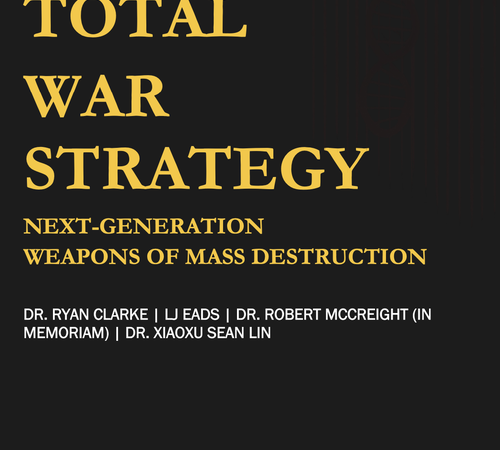Don’t get ahead of top court


Justice has been a long time coming for nanotech guru Alain Kaloyeros, seven and a half years and still counting. But it seems very likely it will soon smile on him.
How warmly will depend in significant part on the specific language of a forthcoming decision by the U.S. Supreme Court on the appeal of a federal bid-rigging conviction in Ciminelli v. United States that came out of the Buffalo Billion prosecutions of a few years ago.
Now, the journalistic graveyard is full of those who felt compelled to guess what a specific court would decide, let alone the nation’s highest court, and even more so predicting what language would be used. So I will try to avoid those traps, maybe. Although the 77 pages of oral arguments presented Nov. 28 before the Supremesis nothing short of startling, and encourages us to think at least in terms of probabilities. To varying degrees they are all good for Kaloyeros and the other Buffalo Billion defendants.
Central is that Supreme Court justices were incredulous that a legal theory or doctrine attached to the prosecution of wire fraud called “right to control” existed at all, let alone for the last 35 years, as “settled law” in the Second Circuit, which comprises the federal courts in New York, Connecticut and Vermont. The gist of right to control is that it treats “depriving potentially valuable information” as if it were property, a leap the justices had trouble grasping, for good reason. It is the legal doctrine behind all the Buffalo Billion prosecutions. After picking it apart as bunk, Justice Elena Kagan asked Deputy Solicitor General Eric Feigin, who was arguing on behalf of the government, “Why did anybody go down this road?”
After hemming and hawing, Feigin allowed that it was because it was easier to convince juries and get convictions. Which prompted Justice Brett Kavanaugh to utter that biggest understatement of the day, “You just said it’s easier to convict people” using “this incorrect theory rather than the proper articulation of the law. That’s very problematic.”
Feigin had already conceded that he couldn’t defend the right to control, and wouldn’t, instead blaming Second Circuit appellate judges for embracing it, which encouraged prosecutors and trial judges to use it. That didn’t make sense when he said it and still doesn’t. He then tried to pitch an entirely different theory for conviction which federal prosecutors had originally promoted but then abandoned for right to control. That didn’t go well. But the number one take away is the court seemed strongly inclined to ditch right to control.
This matters because it means that everything — from the indictments that specified right to control as the operating theory, through the conduct of the trials that very much limited evidence, to the critical judge’s instructions to the juries — were all fatally flawed as a result.
As a practical matter, the justices could acquit those convicted, or send them back for retrial. That’s why the actual decision and language will be anticipated eagerly. This could be as early as next month if it’s short and to the point, or around April otherwise.
A delay is not unexpected because right to control has been abused for so long, there are more than 1,000 convictions affected by it. Feigin urged the justices to “cabin” their decision — isolate it from other cases as much as possible and limit the fallout.
Sure, even courts make mistakes, driven by spinelessness or arrogance or laziness. But it’s worth remembering back when U.S. Attorney for the Southern District Preet Bharara was so full of himself he wanted to take down Gov. Andrew M. Cuomo, and when he found he couldn’t do that, by proxy went after the governor’s signature economic development plan. Those were political trials that followed. They never should have happened because there was no crime. No bid-rigging, no fraud. A number of high profile lawyers up to the governor said that quietly at the time, but the public did not want to hear it. They probably still don’t. They are the feds after all, right? We can believe them.
Apparently, not always.
Nor logically does it have to be true someone like Kaloyeros must have done something wrong, simply because he was accused. It can take a while for justice to come percolating through — as long as you have the money and strength of will to fight back for as long as it takes.
A final takeaway for me about this prolonged drama is this: If Kaloyeros and Andrew Ciminelli and all the other Buffalo Billion defendants had not spent millions and millions defending themselves over nearly a decade, which eventually brought the overreach called “right-to-control” to the attention of the Supreme Court, right-to-control would remain as “settled law” in part of our judicial system. Astounding and depressing.
Needed change depends entirely on the justices deep-sixing right-to-control.
As for the possibility of the futures of Albany nanotechnology and Kaloyeros being once again intertwined, such contemplation is premature. It is not wise to get ahead of a U.S. Supreme Court decision.
flebrun@timesunion.com
• 518-454-5453



